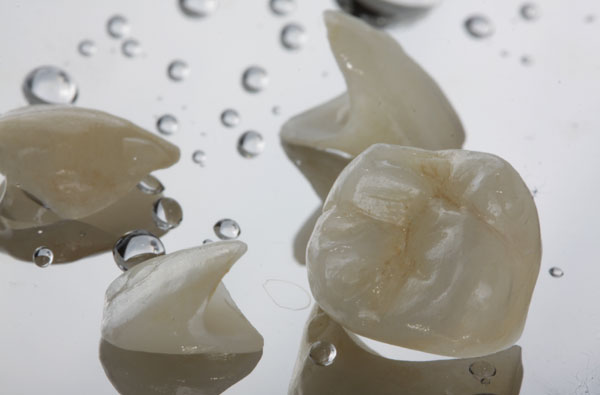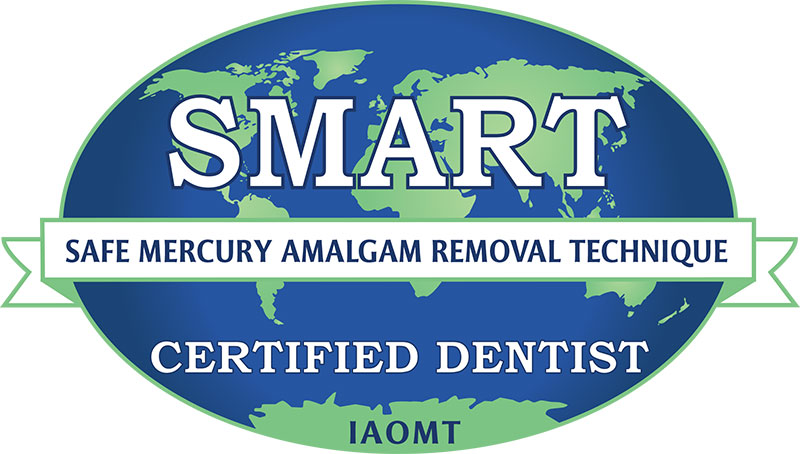What are dental inlays and onlays?
are used to repair the large chewing surfaces of a back teeth and to mend larger cavities where a conventional filling wouldn’t be strong enough. They are more longer lasting reparative solution to tooth decay or similar damage. These restorations are superior to fillings in terms of aesthetics and function.
They offer a more conservative and longer-lasting approach when compared to a full-covering crown restoration.
After taking an impression from the prepared tooth defects, Inlays and onlays are fabricated indirectly into a stone cast in a dental lab before being fitted and bonded to the prepared tooth by the dentist.
Inlays and onlays can be fabricated from gold, porcelain or composite materials. While the porcelain is often used in the “smile line” areas to provide with the best aesthetics, the metal materials may be the best option for people who grind and clench their teeth.

Ceramic porcelain anterior and posterior crowns

Ceramic porcelain Inlays and Onlays
What are the benefits of inlays and onlays?
Superior Fit:
They offer a conservative preparation that preserves as much healthy tooth as possible. They are a great choice if you have minimal to moderate tooth decay that extends into a flossing area, offering an excellent alternative to full coverage crowns.
Tooth Colour:
Compared to the tooth-coloured resin fillings they are fully resistant to colour changes and discolorations.
Tooth structure preservation and protection:
While securing the functional longevity, they preserve the maximum amount of sound tooth structure.
Restore natural tooth anatomy:
Due to a perfect moulding and fabrication procedure they offer better fit and clean-ability compared to composite filings.
Durability and Stability:
As they have superior fit, and physical properties, they are stronger and can strengthen the remaining compromised tooth structure.
What are dental procedures involved in fabrication of inlays and onlays?
The clinical and laboratory procedures for fabrication of inlays or onlays is completed within two weeks over two dental appointments.
During the first appointments, the damaged tooth will be prepared. Nowadays, instead of an analogue manual impression, the tooth will be digitally scanned using an intraoral scan and submitted online to a dental laboratory in a matter of a few second. After the ideal restoration form is digitally designed (CAD), the ceramic block is cut back and manufactured in less than 30 minutes. The final porcelain layering, finishing and polishing is undertaken for the best aesthetic outcome.
During the second appointment, the temporary restoration is removed and replaced with actual definitive inlay or onlay and cemented with highly adhesive and durable cement. The bite will be adjusted for the best comfort and function.
How to select the right dentist?
It is important that your dentist has sufficient expertise and experience in providing ceramic or porcelain inlays or onlays. As these types of restoration are aesthetically and technically demanding. Sometime a formal education is not enough but continuing education and hand-on courses are required to achieve adequate expertise to perform this type of procedures.
A sound understanding of aesthetics, biomaterial, physical properties pertaining preparation and fabrication in the dental laboratories is required to provide the most optimal outcome.
At London specialist dentists clinic in Knightsbridge, Kensington in London, we provide aesthetic strong composite bonding or white fillings. When a heavily -restored or severely damaged tooth require extra fortification/protection the most suitable restorative options are dental onlays or crowns.


